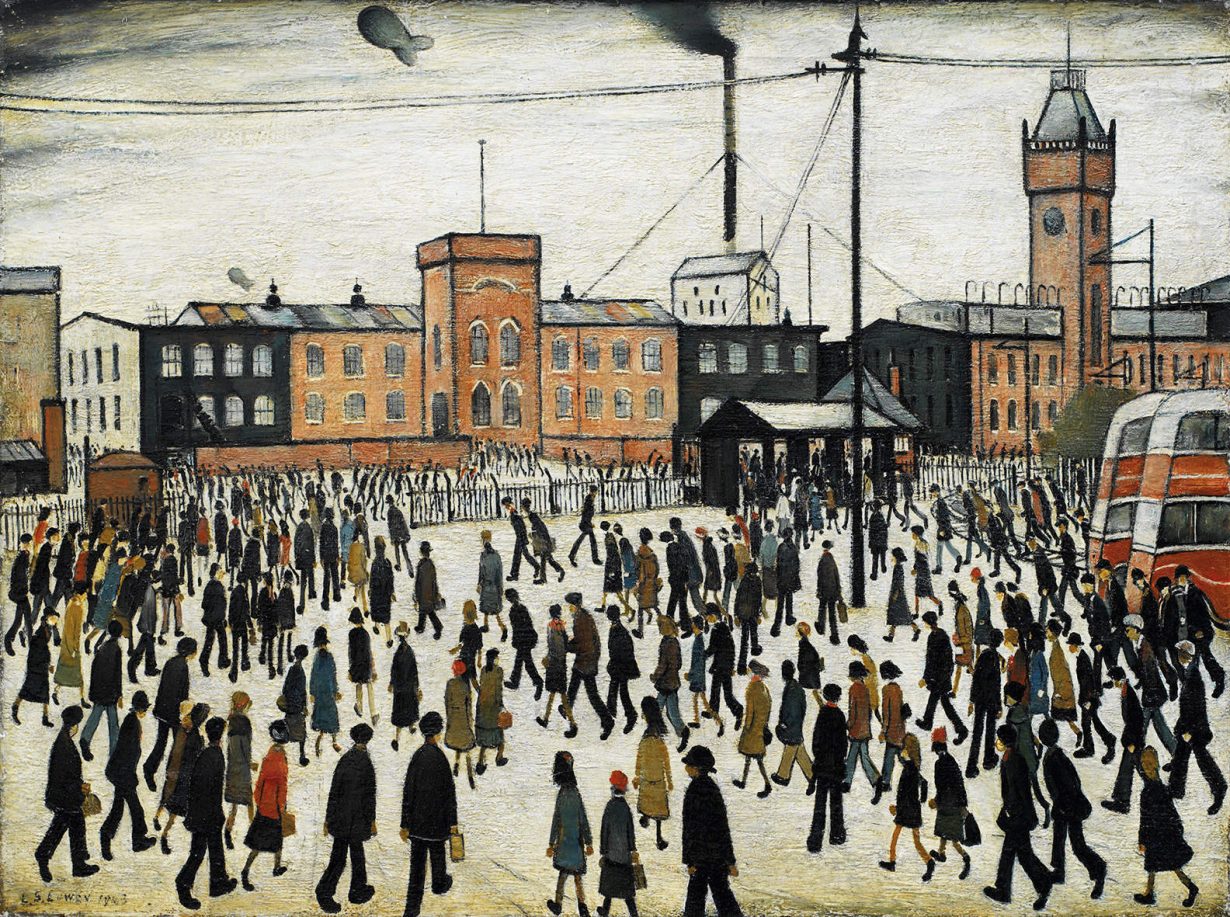This might be my proudest scene so far...
what worked:
As my skills have been evolving I have noticeably been relying less on my references.
so this sequence below is the ending scenes when Flora returns home to a warm embrace by her mother.
VIDEO 💬
The rough sketch movement only consists of keyframes and few breakdowns to scale the feeling.
I believe the movement is having more of a cartoony feel to the character. I am most pleased about the stretch I was able to add when the mother moves back to give more emphasis as explained in the illusion of life. This was a problem when rotoscoping because I was guided by realistic actions.
The reason I refer to this as my proudest scene so far is because of creating the ending hug scene. currently, it is still in sketch form but I can already see the personality of a tired young girl and an excited mother.
What didn't work: Its hard to know yet because there is still much refining needed but the main purpose of the sketch movement was to create believable motion so I believe the purpose has been served.
What learning came out of this:
There is less pressure and faster work when the is a prime focus on the action.
How I will apply what I've learnt in the next step:
while creating the characters I focused on one colour section of the character and used colour to separate each. In the next stage, I would focus on one colour group at a time mainly for consistency but also concentrate on the movement and how to make it better.










